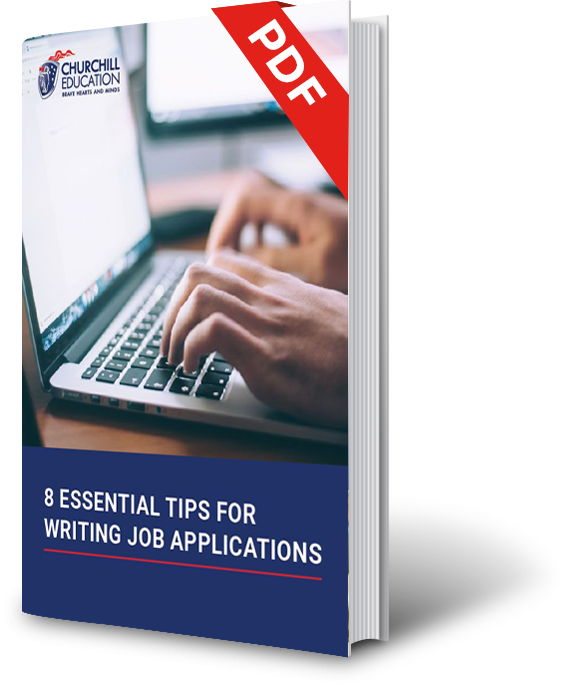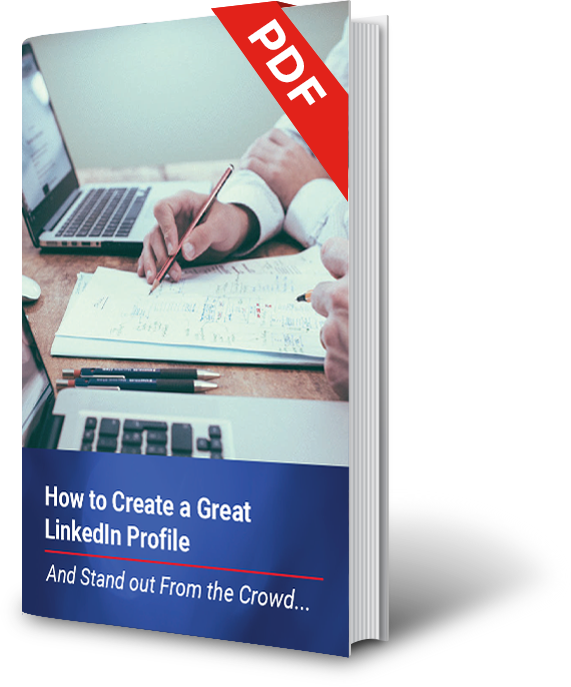8 Essential Tips For Writing Job Applications
8 Essential Tips For Writing Job Applications
Writing job applications is always so much easier in your head than on paper! Getting it right can mean the difference between you making interview or your resume ending up in the shredder. Which is why we have put together these eight essential tips to help you boost your career.Tip 1: Review the Job Ad
The best place to start with writing job applications is reviewing the job advertisement in full. It sounds obvious but too many people do not read the full advertisement and miss key instructions. As you are reading, keep your eyes open for the points that give you a solid insight to this role. A good advertisement will have a solid statement about what this position is all about.
For example, this WHS Inspector position advertised by the Queensland Government:

Always begin by breaking this down into components to ensure you have used the employer’s language to reflect these attributes in your application, your resume and even your Linked In profile. So, if we looked at the example of the WHS Inspector above, you would need to demonstrate:
- Implementing best practice in Work Health and Safety (WHS) – show them you are experienced in WHS at a best practice level. Choose examples of positions that you have held in your career that covered this and highlight these on your resume and LI profile.
- Compliance and enforcement – show the reader that you are compliance and enforcement focused, and have the WHS operational skills to do this role.
- Multi-disciplinary team – true team players are always sought after so include this language in your application.
- Improve health and safety practices in the workplace – find a way to give them data that shows you have the WHS wins to align with the organisation’s objectives.
Suggestion:
- Use the key phrases in your application documents. It makes it easier for the reader to tick off that you meet the criteria and where automated systems are reading your application, key phrases will assist your application to get in front of a pair of human eyes.
Tip 2: Review the mandated requirements & key responsibilities
Advertisements often include a list of the mandated requirements (for example, how many years of service in the industry, licences or qualifications) and key responsibilities for the role. Before writing job applications for a new role, we recommend breaking these down into a table so you can see them clearly You can even offset the requirements and match against the listed duties. For example, a job advertised with KPMG had both key requirements and duties listed so we matched them up to make it easier to tackle in writing a job application. We add a column to add our thoughts as we were pulling apart the requirements and duties. A quick excerpt from our table for this position looked like this:
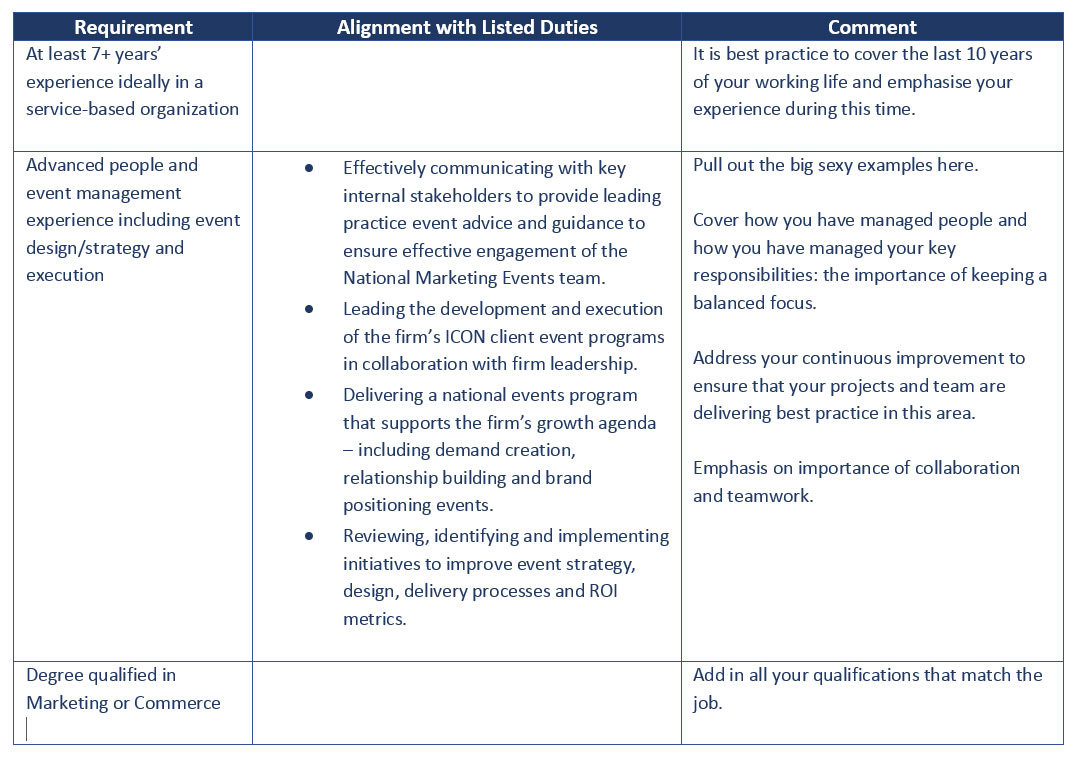
Suggestion:
- Use the attached table now to jot down your examples from each job and select the best for your application. Taking some time upfront will make it much easier to select your best examples. Think about what you did, how you did it, why you did it and how well you did it.
Tip 3: Responding to Key Selection Criteria
Government jobs always come with key selection criteria. When I was a young public servant, I had a mentor who spent time with me teaching me how to write responses to key selection criteria. Once she had taught me her secret sauce for Government jobs, I always landed every job I applied for and so did my friends who I taught too. This is what she told me: when writing job applications – responding to key selection criteria is not the time to be modest. This is your one shot at shining in the pack and that means giving your very best examples in your application. She recommended sitting down with a big piece of paper and drawing up a table on it. Down the left hand side, list every key selection criteria in the advertisement.
If a selection criteria has multiple parts, you can even break it down a little, like this:
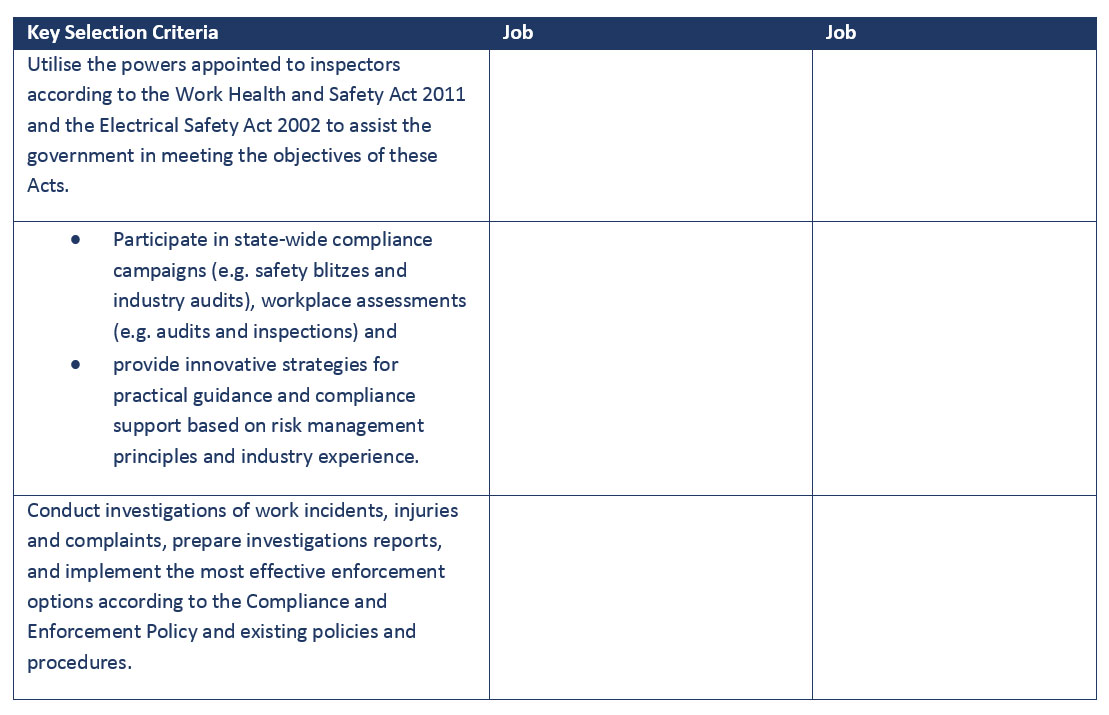
Then along the top line of the table, list every job you have held in this field over the last 10 years. With all of your positions listed, go along and jot down examples of projects (or investigations in this case) that you did that meet this selection criteria. Once you have filled this out, you now have a guide to choose your best examples from in writing your response to the key selection criteria. I often found it helpful to talk through your examples with a good friend, colleague or your partner because sometimes you can have done so much work that you overlook some of your best examples. Other people who know you well often remember the stand out achievements in your life and they can remind you of great examples. If you can’t think of a direct example for a key responsibility, think about any transferable
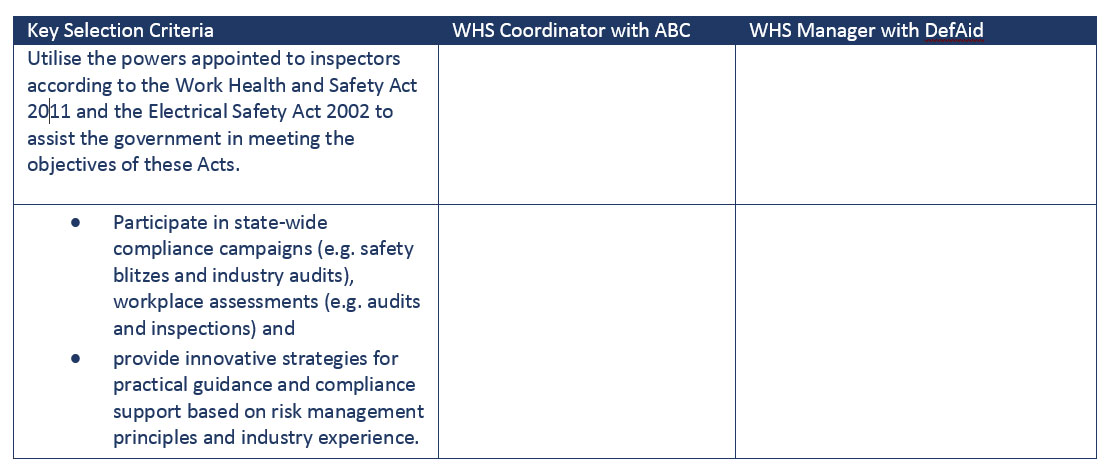
skills and examples you may have. For example, you may not have worked for a government agency before in compliance but you may have worked for a private company with a key focus on compliance. These are transferable skills and you should highlight them.
Tip 4: Write your Responses to Key Selection Criteria
Once you have your handy reference list of best examples, you are now ready to start writing. Here’s the formula I was given to write my responses. Where you have direct examples, start with a statement like, “I have the proven ability to [restate the key selection criteria; for example, utilise the powers appointed to inspectors according to the Work Health and Safety Act 2011 and the Electrical Safety Act 2002 to assist the government in meeting the objectives of these Acts], and can demonstrate this by:
- then bullet point your best example – In the role of WHS Inspector at WHS Qld, I ….
- Tell the reader about what you did.
In setting out your example, follow this formula: explain what you did, why you did it, how you did it and how well you did it. Do your best to keep it to one or two paragraphs and be straight to the point. Where you have transferable skills, start with a statement like “I have the transferable skills to successfully [restate the key selection criteria] and can demonstrate this by” and then give your example.
Tip 5: Brief your Referees
Before you submit your application, make sure you have let your referees know that you are applying for the role and what it entails. You want to make sure that these referees are going to support your application in advance.
Tip 6: Update your Resume
- Consider the layout and colours you use in your resume template. Keep it clean and to the point. Remember that reading resumes gets boring fast so make it easy for the reader to add ticks against your application.
- You also want to make sure that the resume layout is easy to follow and demonstrates your straight to the point and effective communication style. When it comes to the copy think concise (communication is often an important attribute in most positions) but also remember that most applications are run through a resume bot looking for keywords so use the terms we highlighted above in your resume.
- Keep the length to two pages.
- Find ways to paint your professionalism from the very beginning.
- Help future employers find you. Put this information right at the top of your resume so it is easy for them when they decide you are the candidate they want to see.
Name
- Use your professional name
- Think about whether you are commonly known by a shortened version of your name and whether it is appropriate to use this here
- Make sure it matches your Linked In profile name
Internet Presence
- Include a URL where prospective employers can read more about you.
- LinkedIn is a well known platform for this – see if you can claim the LinkedIn URL for just your name rather than the name with numbers.
- Download our guide to creating a great LinkedIn profile here.
- Lock down the privacy on other social media accounts you have and think about the photographs that are publicly accessible. Do these match the professional image you are projecting?
Email Address
- Include a single email address
- Make sure you have a professional email address: we have seen a number of email addresses that are best kept for personal emails.
- Keep an eye on your inbox so you can respond in a timely fashion to any job responses.
Strategic Summary
This is an opportunity to highlight the employer’s key criteria with subtlety – talk about your experience but use phrases that match their desired attributes.
Skills & Expertise
This is an opportunity to mirror their requirements in a mix of their words and your words as bullet points.
Current & Past Positions
I would work backwards from most current to cover the last 10 years of your working life. Flag your key achievements in each role. This is where spending some time on the table linking positions to criteria can help make it easier to pick your best examples.
Qualifications
Make sure your qualifications are up to date and match the role you are applying for. Recognition of Prior Learning (RPL) is a great tool for getting your skills and knowledge recognised as nationally accredited qualifications. The team here at Churchill is always happy to help you work on short timelines if you want to apply for a job and need a faster RPL assessment completed. Think about the right level of qualification for the role. For example, a Senior WHS Investigator would be looking at a Diploma or Advanced Diploma of Work Health and Safety.
It’s well worth applying for our complimentary Preliminary RPL Assessment. It’s always worth knowing what your options are. Once you have been awarded your qualifications, make room for your qualifications at the bottom of your resume and list them in order of seniority. Leave out any outdated qualifications or qualifications that are not relevant to the role, and non-accredited training.
Please Note…
It is common for employers or potential employers to contact registered training organisations to confirm that a person holds a qualification. Therefore in order to ethically include qualifications on your resume, you must progress from the preliminary assessment to enrolling and being awarded any qualifications you’d like to list on your resume.
Referees
Some people don’t include referees but as someone who has read a lot of applications in my time, I always like to see who is prepared to stick their hand up for the candidate.
Tip 7: Write a covering letter
Before you start writing job applications, make sure you actually want this role. It always comes across in the tone of the letter when someone is genuinely interested and excited by the role. Make sure you have spent time tailoring your covering letter and application for the role – not just pushing a generic application out the door to waste the reader’s time. Think about the value you have to bring and what excites you about the role. If you can get clear on this, then you are ready to begin writing. Be professional and also be you. People also like to work with people they like so be personable. Make sure your contact details are easy to locate on the covering letter too.
Tip 8: Update your LinkedIn profile
In the digital era, you need to assume that you will be researched online so take the time to update your LinkedIn profile. For more information on how to improve your LinkedIn Profile, check out Churchill’s LinkedIn guide.
Good Luck!
With all of the writing done, it is time to hit submit and wait for the call to say you have been shortlisted for interview. Let us know how you go – we’d love to hear from you: 1300 793 002 / hello@churchilleducation.edu.au

